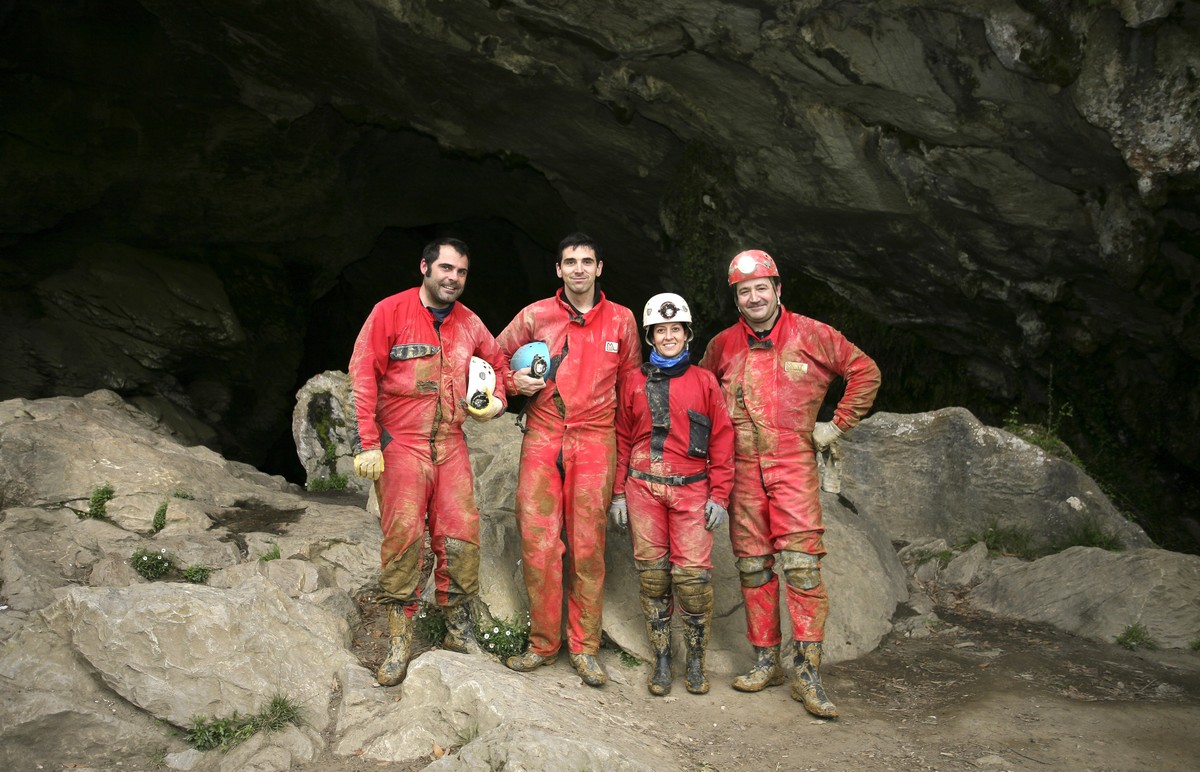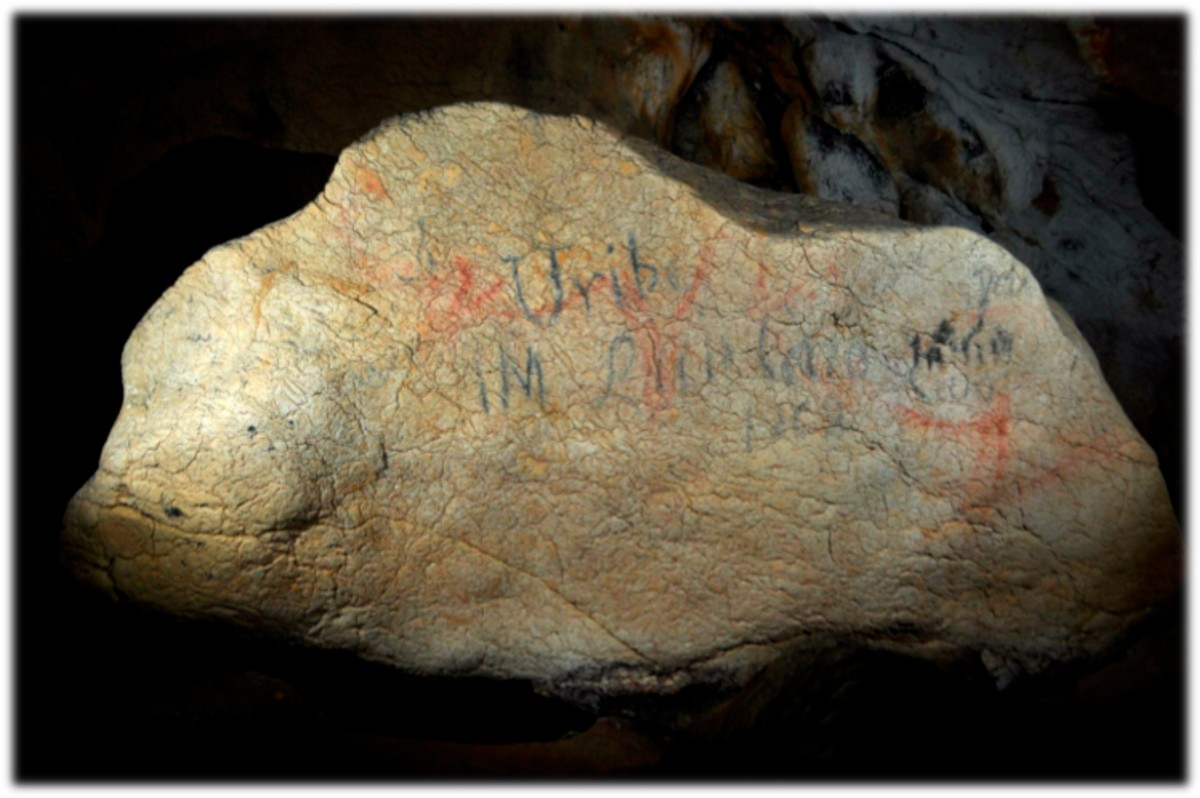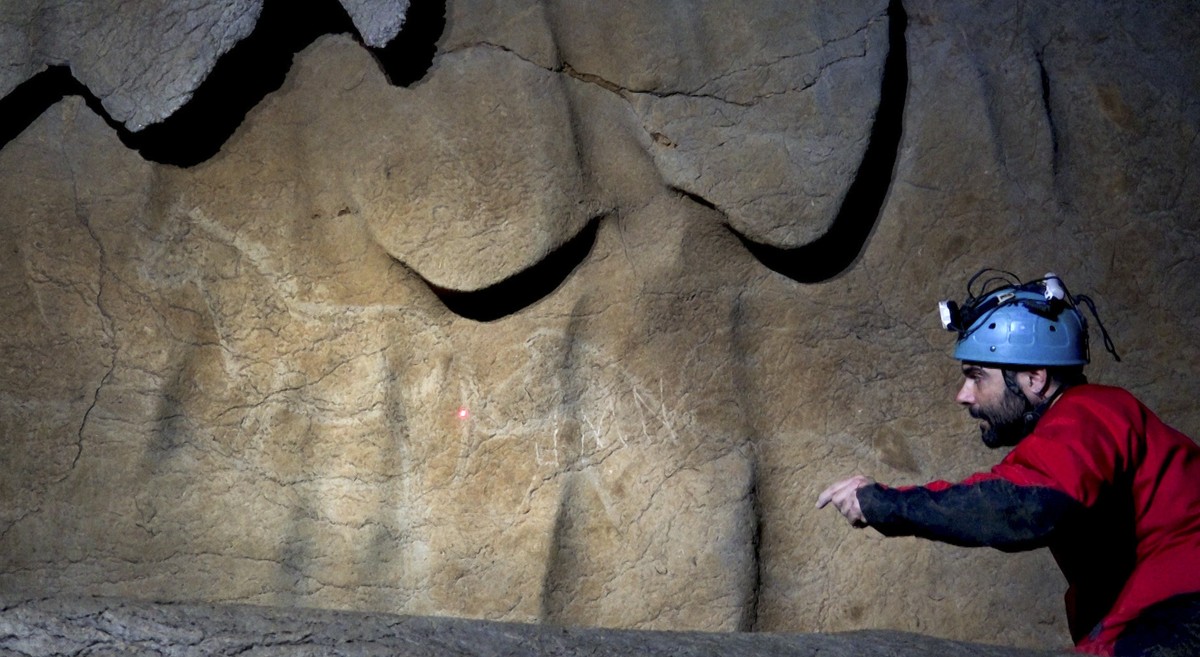Aitzbitarte finds the low reliefs of the Palaeolithic
2017/07/10 Galarraga Aiestaran, Ana - Elhuyar Zientzia Iturria: Elhuyar aldizkaria
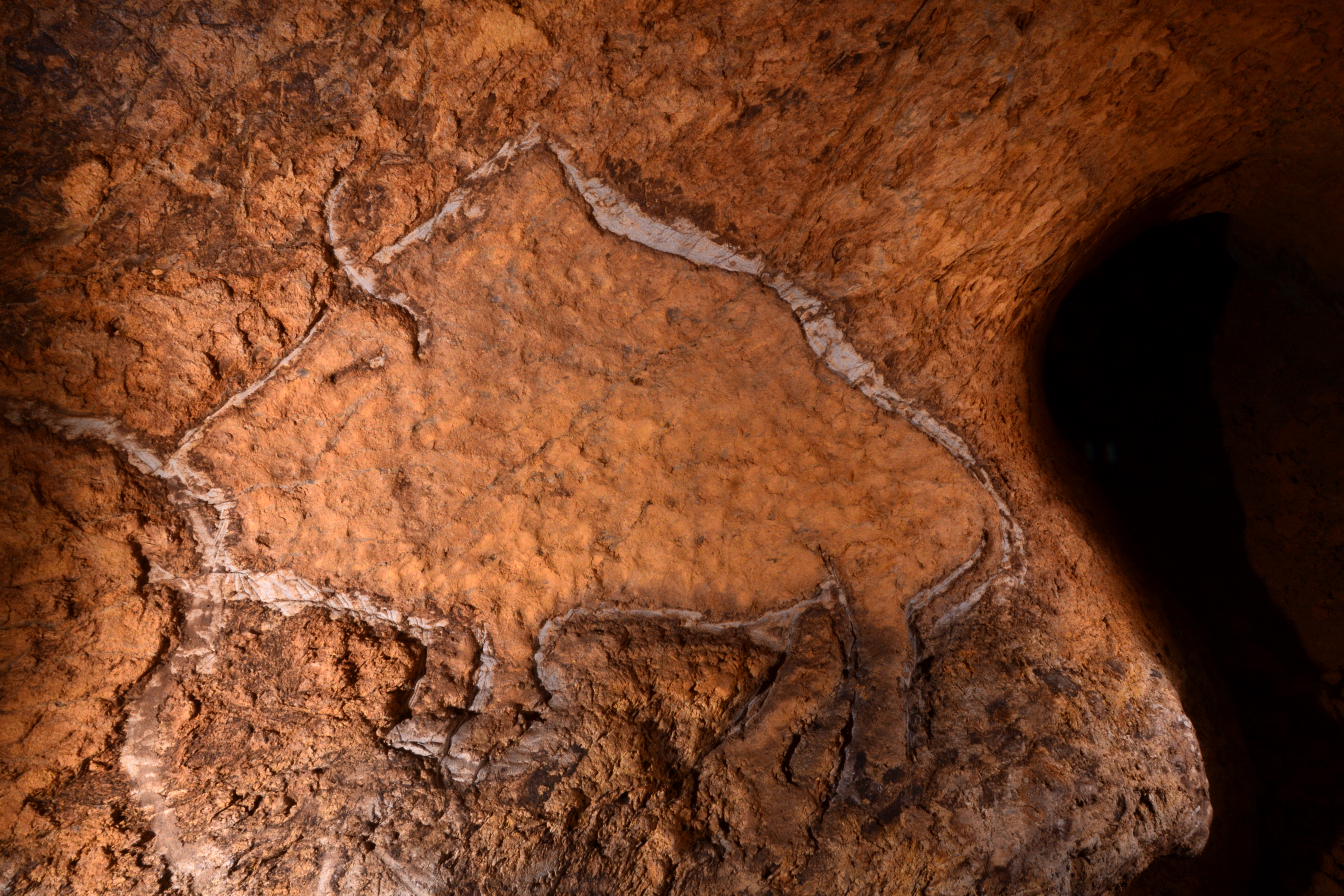
In the cave of Aitzbitarte IV (Errenteria) have been found four bas-reliefs of the Magdalenian era: two bison, a horse and another animal that still do not know anything of what it is. Next to them there have been 12 other prints, and although most are typical images, bison and horses, there are also others: an impression of one hand and two bulvas. “Around us we have only found another vulva, Otsozelain (Baja Navarra),” said archaeologist Diego Garate Maidagan. “Undoubtedly, the most unique are the bas-reliefs”.
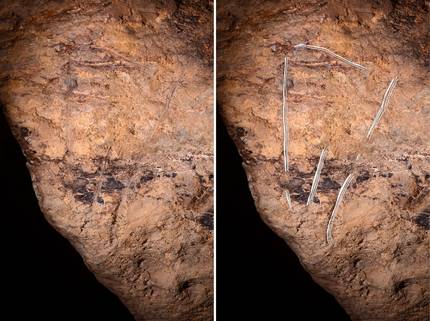
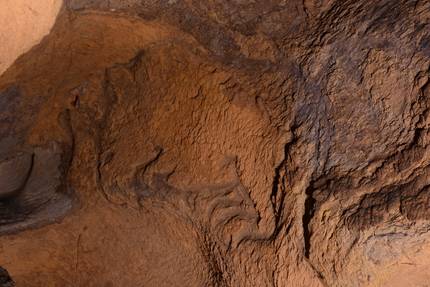
In fact, until now a low relief made of mud has not been found in the deposits of the Cantabrian Cordillera. “In the cave of Bédeilhac (Ariège, France) there are some that we have not found until now. They are the first. They belong to the Madeleine period [14,000 years ago] and are on the wall, made of clay, and are much more beautiful than those of Bédeilhaca,” explains Garate. One of them is fascinated: “One of the minks has flexed front legs, like the well-known painting by Altamira. It’s spectacular.”
According to Garate, the discovery has been a surprise, but not entirely, because they have already discovered the art of the Palaeolithic in the same cave, so there could be more. He explains that the archaeological site of Aitzbitarte has long been known: “XIX. Excavations began in the 19th century. At the end of this century they were excavated in Aitzbitarte IV, then José Miguel de Barandiarán in the 1960s and later Jesús Altuna in Aitzbitarte III. Therefore, it is well known and very visited for a long time, not only by scientists, but many people have entered”.
Garate himself travelled for the first time in 2012 together with CENIEH researcher Joseba Ríos. “We discovered some red spots,” he recalled. “It was the first time Aitzbitarte’s art was found.” The speleologists of the association Felix Ugarte were contacted and in 2015 they entered the cave of Aitzbitarte V. “Four bison prints appeared there. And at 10 days the speleologists found engravings of Aitzbitarte III and Aitzbitarte IX, which belong to the Gravetiense period, that is, older, about 25,000 years ago”.
Although Aitzbitarte has long been known, it has never been studied in depth, either archaeologically, geologically or speleologically. In recent times, however, speleologists were frequenting exploration and in April, in Aitzbitarte IV they climbed to a chimney: “It’s not an easy place. It is a vertical chimney of 16 meters, all filled with clays, previously explored, as it appears in the topography. But until then no one found art. At that time, however, one of the speleologists of Felix Ugarte reached his maximum splendor, sweating and very tired, and when descending he observed the low reliefs”.
Garate has highlighted the professionalism of speleologists. “They saw it and immediately realized it was a special discovery. They contacted me and sent me some pictures. When I saw it, I thought it was impossible to find something like that, which should be false. But then I went with them, and seeing the place and analyzing the engravings, I affirmed that it is a great discovery. This technique is not known throughout the peninsula.”
Importance and context of bas-reliefs
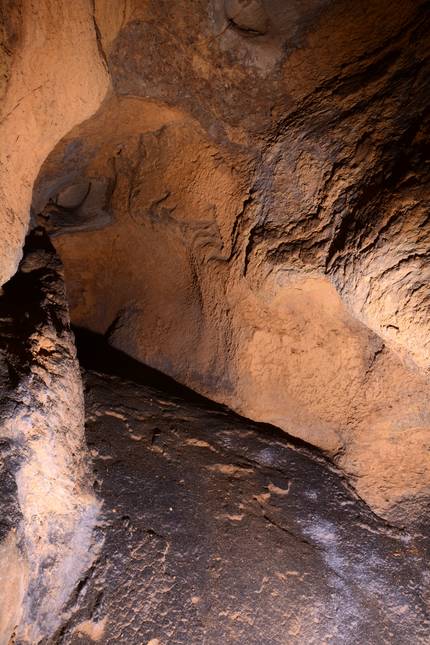
They are found as at the time when the bas-reliefs were built, since for thousands and thousands of years that have passed by then no one has gone there. “Those who did it wouldn’t be easy either,” Garate said. “Now we have put some scales, but at that time I don’t know how they were going to do it.” He warns that the place is very inadequate for both research and conservation: “It is a soft clay like butter. If you touch it you lose. Therefore, all necessary measures have been taken to close the road and protect images.” In this sense, he points out that the leaders of the Provincial Council of Gipuzkoa have done a very good job.
Garate has given another detail: “At the entrance of the fireplace are the bones nailed to the wall. And we don't rule out more works of art. The place is shaped like Y. The speleologists went from left to top, but the gallery on the right is not touched, as they left at the time. Right at the entrance is this bison with bent legs. Therefore, we cannot enter, otherwise we break it. We will have to do it through cameras, but we can’t go through it.”
On the other hand, the discovery has shown that the relationship between groups living north of the Pyrenees and those on the Cantabrian side was closer than expected. Garate explained this: “The latest discoveries made in Bizkaia, especially in Atxurra and Armintxe, have shown that some of the unique symbologies and types of art that appear in the deposits of the Pyrenees extended at least here. Since it had not been found until then, the bond was not thought to be so general. But the pegs and felines of Armintxe, for example, are identical to those found across the Pyrenees. Now, Aitzbitarte reaffirms that the relationship was close, because in Ariège there are also things like that”.

Gai honi buruzko eduki gehiago
Elhuyarrek garatutako teknologia




